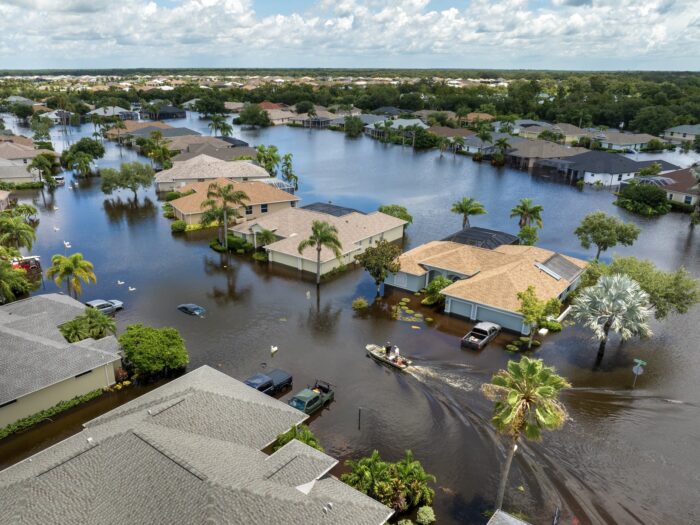Climate Adaptation Gains Momentum, But Strategic Analysis of Investments Lags

While 78% of organizations are now assessing their future climate risks, more than half fail to conduct cost-benefit analyses before making adaptation investments, revealing a significant gap between recognizing climate threats and taking strategic action, according to a survey of risk managers by Marsh.
Organizations worldwide are expanding their climate risk assessments beyond traditional acute hazards to include chronic perils that pose longer-term threats. Heat stress and water stress have emerged as top concerns alongside flooding, marking a shift in how businesses view climate-related vulnerabilities, the climate adaptation survey found.
“Our research shows organizations consistently underinvest in climate adaptation relative to the severity of their identified risks,” said Amy Barnes, head of climate and sustainability strategy and global head of energy & power for Marsh. “There is clearly an urgent need for organizations to adopt a holistic approach to climate risk, integrating asset-level and system-level assessments, and embedding climate adaptation into enterprise risk management frameworks.”
The financial impact of extreme weather continues to escalate, with 74% of survey respondents reporting losses or disruptions to physical assets over the past three years. Asia leads with 73% of organizations affected, followed by India, the Middle East, and Africa at 68%, and Canada at 67%. These regional variations underscore the need for localized risk strategies as global insured catastrophe losses exceeded $100 billion for the fifth consecutive year by the end of 2024.
Despite growing awareness, depth of analysis of climate risks remains limited, according to Marsh. While three-quarters of respondents assess future climate impacts, only 38% move beyond qualitative evaluations to perform detailed climate risk assessments, and 22% do not assess future climate risk impacts, the survey said. Organizations focus primarily on physical assets (85%) and operations (66%), often overlooking critical system-level vulnerabilities such as infrastructure dependencies (45%) and supplier risks (43%).
Funding Challenges Compete with Operational Priorities
A paradox emerges in climate adaptation funding: 60% of respondents believe their organizations have appropriate funding levels, yet more than half of these same organizations skip formal cost-benefit analyses when making adaptation investment decisions. This suggests businesses may be taking a more pragmatic, risk-based approach rather than requiring detailed economic justifications, the report said.
For the 40% who reported insufficient funding for climate adaptation, competing business priorities and limited understanding of future climate scenarios create barriers to investment, the survey found. Organizations are primarily implementing business continuity management strategies and engineering interventions, with these same areas identified as requiring the most additional support and guidance.
Governance structures reveal another challenge, the survey found. While 54% of organizations assign climate adaptation responsibility to sustainability officers, only 28% place it under chief risk officers, suggesting climate adaptation hasn’t fully integrated into enterprise risk management frameworks.
Risk Management Drives Action, Not Insurance Access
The survey reveals a fundamental shift in what motivates climate adaptation investments, Marsh said. Risk management needs drive 53% of organizations to invest in adaptation, while only 5% cite insurance access as their primary motivation. This finding challenges assumptions about insurance availability serving as a catalyst for resilience investments, according to Marsh.
Organizations expect adaptation spending to increase, with 28% planning higher investments within one to three years and 20% projecting increases over three to five years. However, 22% anticipate no spending increases, highlighting divergent approaches across industries.
The disconnect between assessment and implementation suggests organizations need to strengthen their quantitative analysis capabilities and better integrate climate considerations into strategic planning, according to the report. As extreme weather events rank among top threats in both immediate and long-term risk assessments, closing this gap becomes crucial for building true climate resilience.
Every dollar invested in resilience and preparedness yields $13 in long-term savings and avoided costs, yet many organizations have yet to recognize adaptation as an investment opportunity rather than simply a cost center, the report noted.
Obtain the full report here. &










